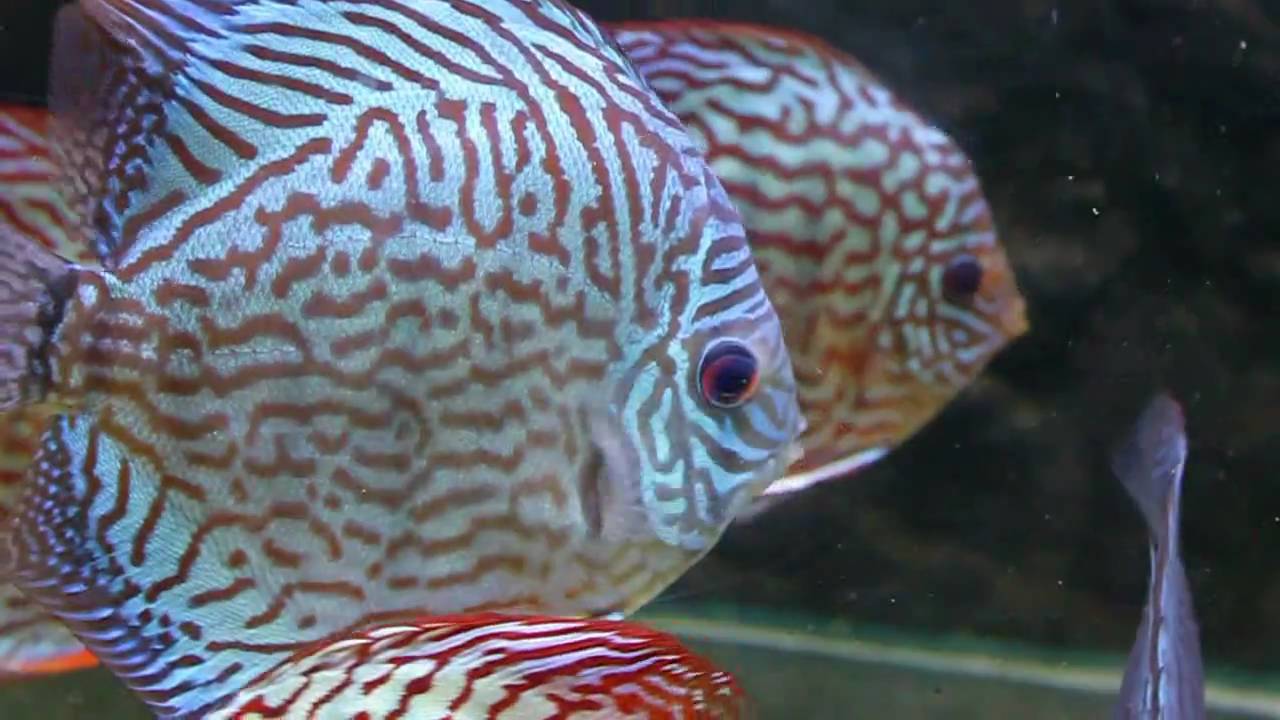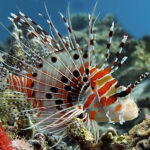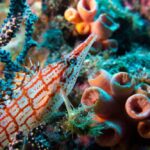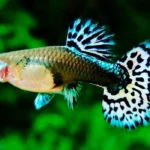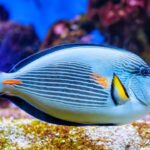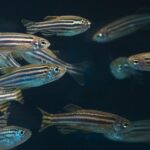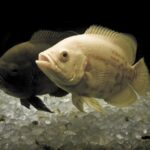A Royal Presence Beneath the Water
Fish Care Discus fish are frequently the unchallenged monarchs of the freshwater aquarium. Their flowing, disc-shaped forms and painterly, colorful markings capture attention and awe from aquarists everywhere. But beneath their beauty lies a reputation as being challenging and fragile—a fish for the dedicated and the ready. Discus fish care is more than pets; they are works of living art, living only for the hand of an expert and dedicated keeper.
In this article, we will take you on a tour of the depths of discus care, covering everything from their natural history to the nitty-gritty of tank setup, feeding schedules, health maintenance, breeding behavior, and more. Whether you’re fantasising about beginning a discus tank or want to optimise your existing setup, this in-depth 5000-word guide is designed to assist you in creating a thriving, colorful underwater kingdom.
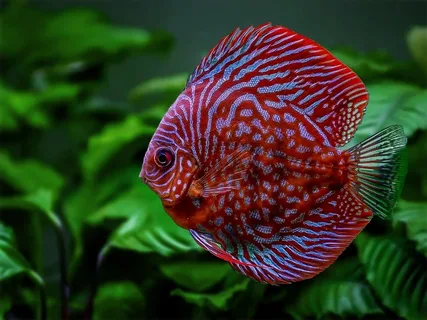
Origins and Evolution of Discus Fish Care
This distinctive environment has conditioned their biology and behaviors. Three species of discus are recognized:
Symphysodon aequifasciatus – Green and Blue Discus
Symphysodon discus—Heckel Discus
Symphysodon tarzoo – Blue-Striped or Western Discus
Choosing Your Discus—What to Look For
Selecting healthy discus is the key to long-term success. It is critical to buy from a quality breeder or supplier who provides quality stock and adequate quarantine procedures.
Signs of a Healthy Discus
Round, full body with no visible deformities
Clear, bright eyes
Active swimming and curiosity
Erect fins and smooth scales
Consistent eating habits
Steer clear of fish hiding excessively, with clamped fins, discolored spots, or erratic swimming. These may be the initial signs of sickness or poor genetics.
At the beginning, most aquarists like to acquire a batch of young discus (2.5 to 3 inches in size) and raise them up together. In this way, they can develop social structures and pair naturally after some time has passed.
Aquarium Setup—Creating a Royal Habitat
Discus fish do best in a stable, well-maintained environment that most closely resembles their native environment.
Here’s what you’ll need:
Tank Size
Minimum: 55 gallons for a small group
Ideal: 75-100 gallons for a community of 6-10 fish
Water Parameters
Temperature: 82°F to 86°F (28°C to 30°C)
pH: 6.0 to 7.0 (slightly acidic)
Hardness: Soft (1-4 dgh)
Ammonia/Nitrite: 0 ppm
Nitrate: <10 ppm
Filtration:
Discus need immaculate water. Utilize a top-notch canister filter or sponge filter. Current should be smooth, as they do not like strong currents.
Lighting:
Moderate lighting is ideal. Discus prefer low conditions with shaded spots. Floating plants may be used to diffuse bright lights.
Substrate and Decor
Bare-bottom tanks are ideal for cleanliness and breeding.
Sand or fine gravel with driftwood and live plants can create a more natural, beautiful aquascape.
Provide hiding spots and vertical surfaces for comfort and spawning.
Heaters and Thermometers:
Keep a consistent temperature with a good heater and digital thermometer. Discus don’t like extremes.
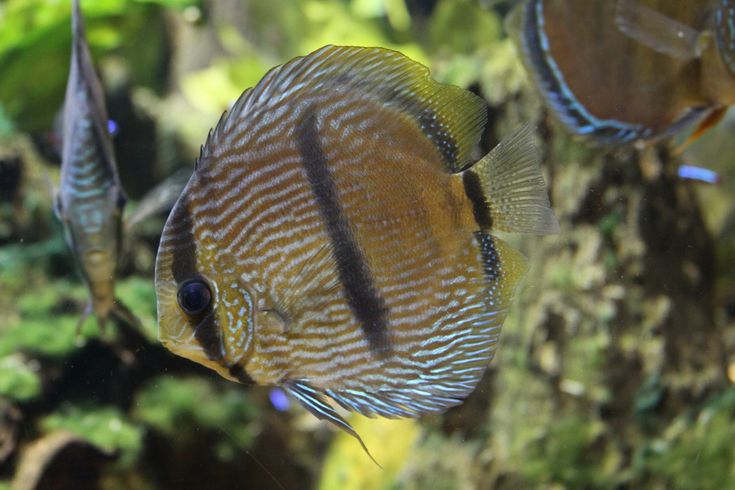
Acclimation and Introduction
Discussions don’t like sudden changes. Doing them gradually is important to avoid shock and stress.
Drip Acclimation Method
Float the bag for 20 minutes to equalize temperature.
Add tank water to the bag slowly over a period of an hour.
Net the fish gently and transfer them to the tank.
Leave the lights low for the first few hours.
Quarantine all new arrivals in a separate tank for a minimum of 2-3 weeks. This is to observe their health and avoid disease outbreaks in your main tank.
Feeding and Nutrition
Discus are herbivores with a taste for high-protein foods. Variety and consistency are the keys to peak health and color.
Diet Options
High-quality discus pellets or flakes
Frozen bloodworms, brine shrimp, mysis shrimp
Beef heart mixes (used sparingly)
Fresh vegetables like peas (occasionally)
Young discus should be fed 3-5 times a day in small quantities. Adults should be fed 2-3 times a day. Uneaten food is removed to avoid water pollution.
Feeding Tips
Soak dry foods to make them easier to digest
Use feeding cones for worms
Observe eating behavior to ensure all fish are eating
Social Behavior and Tank Mates
Discus are docile and social, preferably kept in schools of six or more to minimize bullying and stabilize hierarchies.
Ideal Tank Mates
Cardinal Tetras
Rummy Nose Tetras
Corydoras catfish (especially Sterbai for higher temps)
Dwarf Cichlids (Apistogramma, Rams)
Otocinclus catfish
Do not select rapid swimmers, feisty fish, and fin-nippers such as barbs, danios, and large cichlids.
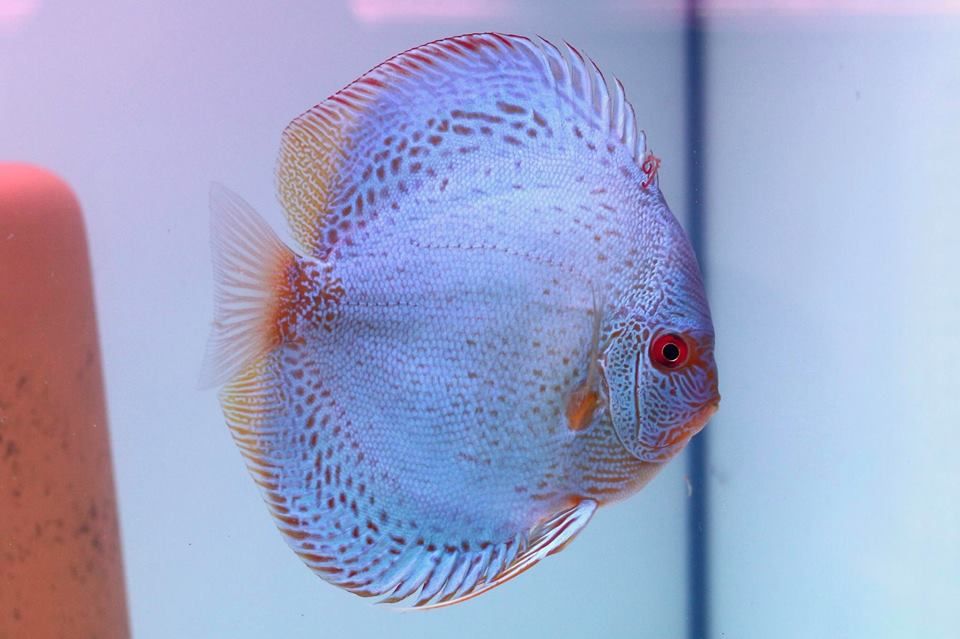
Common Health Issues and Treatments
Ich (White Spot Disease)
Symptoms: White cysts, scratching
Treatment: Raise temp to 86°F and use copper or formalin-based meds
Hole-in-the-Head Disease (Hexamita)
Symptoms: Lesions on the head, poor appetite
Treatment: Metronidazole and improved nutrition
Gill Flukes
Symptoms: Rapid gill movement, isolation
Treatment: Praziquantel or formalin dips
Internal Parasites
Symptoms: Stringy faeces, weight loss
Treatment: Dewormers like Levamisole or Fenbendazole
Preventive Measures
Quarantine new fish
Maintain high water quality
Avoid overfeeding
Perform regular water changes (30-50% weekly)
Breeding Discus—Continuing the Legacy
Discus have a distinctive and caring breeding behavior. Pair bonding and parental care are a sight to behold.
Breeding Conditions
Separate a 30-50 gallon tank
Temp: 84°F to 86°F
ph: 5.5 to 6.5
Bare bottom for cleanliness
Sponge filter and gentle aeration
Spawning Behavior:
Pair selects vertical surface (cone, filter, glass)
The female lays eggs; the male fertilises
Both guard and fan eggs
Fry hatch in 48-60 hours and feed on their parents’ mucus
Myths and Misunderstandings
Myth 1: Discus need RO water only.
Truth: Many thrive in treated tap water with stable parameters.
Myth 2: You can’t keep discus in planted tanks.
Truth: With proper planning, planted discus tanks can be stunning.
Myth 3: Discus are too fragile for beginners.
Truth: While sensitive, new aquarists with research and dedication can succeed.
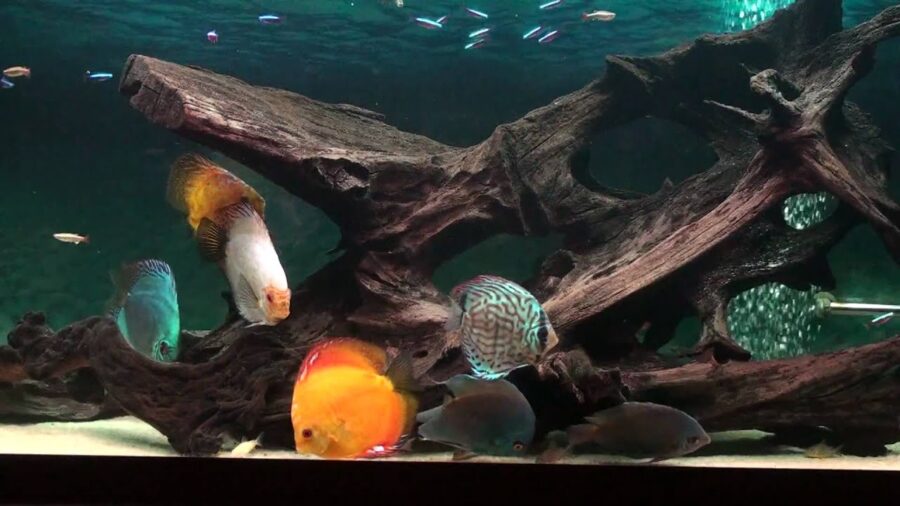
Conclusion
Discus fish care are not only gorgeous, but the epitome of freshwatertaking. They demand more than merely casual attention, yet their rewards are great. To see a bright school of discus sweep across crystal water is an honor won through dedication, knowledge, and patience.
Whether you’re housing them in a bare-bones environment or a dense aquatic jungle, your discus will be a reflection of the love and devotion you invest in their environment. Fish Care To repay you, they will turn your aquarium into a work of art fit for kings.
Are you prepared for fish care to invite the king of freshwater aquariums into your castle? If so, the kingdom is waiting.
FAQs
How many discs should be kept together?
Discus are communal fish and prefer to be in groups of a minimum of 6. They are best kept in larger quantities to avoid bullying and stress.
Is Discus Fish Care beginner-friendly?
Not exactly—but don’t let that deter you. Discus require a little more care than your typical guppy. They prefer their water to be just so and dislike change. But if you’re the type of person who likes to learn and can commit to a routine, you can definitely take care of them successfully.
What should I feed my discus fish care?
They adore variety! Frozen bloodworms, high-protein pellets, brine shrimp, and even fresh homemade beef heart mixes are a welcome addition to their diet. Keep it in small and consistent portions, and observe any shy fish at mealtime fish care.
What’s the ideal temperature for a discus tank?
Keep it warm—between 82°F and 86°F (28°C to 30°C). Below that, and your discus will feel sluggish or get sick.
How often do I need to change their water?
Discus fish adore clean water. Weekly water changes of around 30–50% are done by most keepers. If you’re breeding young discus, you may even make tiny daily changes. Good rule? Regularly test your water and don’t allow nitrate levels to get too high.
How can I tell if my discus is sick?
Monitor for clamped fins, hiding, color loss, stringy poop, or loss of appetite. These are potential signs of stress, parasites, or other general discus ailments. The fish care sooner you spot something, the better it is to treat.
